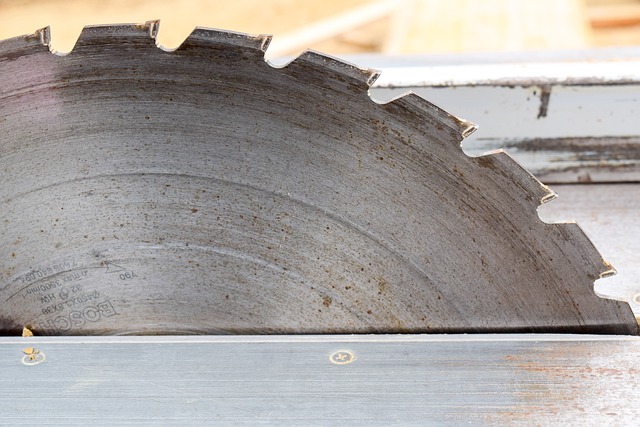The ELevate project at AlmaLinux, one of the main distributions that aim to provide a replacement for CentOS, has been expanded to provide support for those who wish to migrate from CentOS 6 to CentOS 7.
This would provide a route to migrate all the way from CentOS 6 up to AlmaLinux 9 without any data migration, according to the author of a blog post on this topic, Yuriy Kohut, an ELevate Project engineer.
As iTWire reported on 19 April, enterprises which have been running CentOS 7 will have to look around for alternatives before the end of the Australian financial year as the distribution reaches its end-of-life on 30 June.
But AlmaLinux has now provided a way out of this imbroglio, and one that starts even earlier than the EOL date for CentOS 7.
The CentOS project, which produced an enterprise Linux distribution, was bought by Red Hat in 2014, but then shut down in December 2020, leaving many users angry. The distribution was basically Red Hat’s Enterprise Linux without the trademarks, the only copyrighted portion of the code.
Six months later, Red Hat, which was bought by IBM in 2019, tightened its grip on RHEL source code, said it would make source code available only to its customers.
The CentOS Stream, set up in December 2020 and which is upstream to RHEL, would be the only way to obtain source code. This source would, however, always predate the RHEL source and thus be out of date.
Red Hat’s community distribution, Fedora, would be upstream to CentOS Stream which would mean it is even more outdated.
Given these contortions by the biggest open source entity, it is but natural that users of CentOS would be a little edgy as the EOL date approaches.
Kohut wrote: “In case you aren’t familiar, ELevate uses the Leapp utility and a few patches to perform upgrades from CentOS 7 to one of the supported operating systems. That doesn’t help anyone who is still using CentOS 6, however.
“The Leapp utility isn’t suitable for this use case, so we had to find another way. Our Hackathon Team’s research found another migration tool – Red Hat’s open source Red Hat Upgrade Tool.
“While the work at the Hackathon didn’t get beyond that research, we continued the work after the Hackathon, and were able to modify that tool to perform the CentOS 6 to CentOS 7 upgrade.
“In the process of adapting that tool from initially supporting only Red Hat OS, we made a lot of changes, including disabling the Red Hat management system and related code, and patches to add CentOS branding.
“The ELevate project now provides the tool, packages, and the CentOS 6 Vault repository file for simplicity and user’s convenience. In the AlmaLinux Wiki you can find a guide that covers this migration.”
He was open about the fact that there are some limitations and offered a word of warning as well.
“In its current form, the CentOS 6 to CentOS 7 migration is only available for x86_64 architecture machines. If you need to see it expanded, come talk to us to see how you can contribute!
“The most successful migration approach we found is divided into 2 stages:
- “Migration from CentOS 6 to CentOS version 7.2.1511 (this is the last CentOS version that supports the Red Hat Upgrade Tool and is necessary for migration data).
- “Updating the system to the CentOS version 7.9.2009.
“As always, the most important thing you can do is take system back-ups or snapshots. We also HIGHLY recommend doing a trial run in a sandbox to verify that migration worked as expected before you attempt to migrate any production system.”
Alternatives like Rocky Linux and AlmaLinux have arisen after Red Hat’s June 2023 announcement. Plus, SUSE, the second biggest open source company, has said it would invest more than US$10 million (A$14.97 million) to fork the publicly available RHEL source code and make it available to world+dog with no restrictions.


























